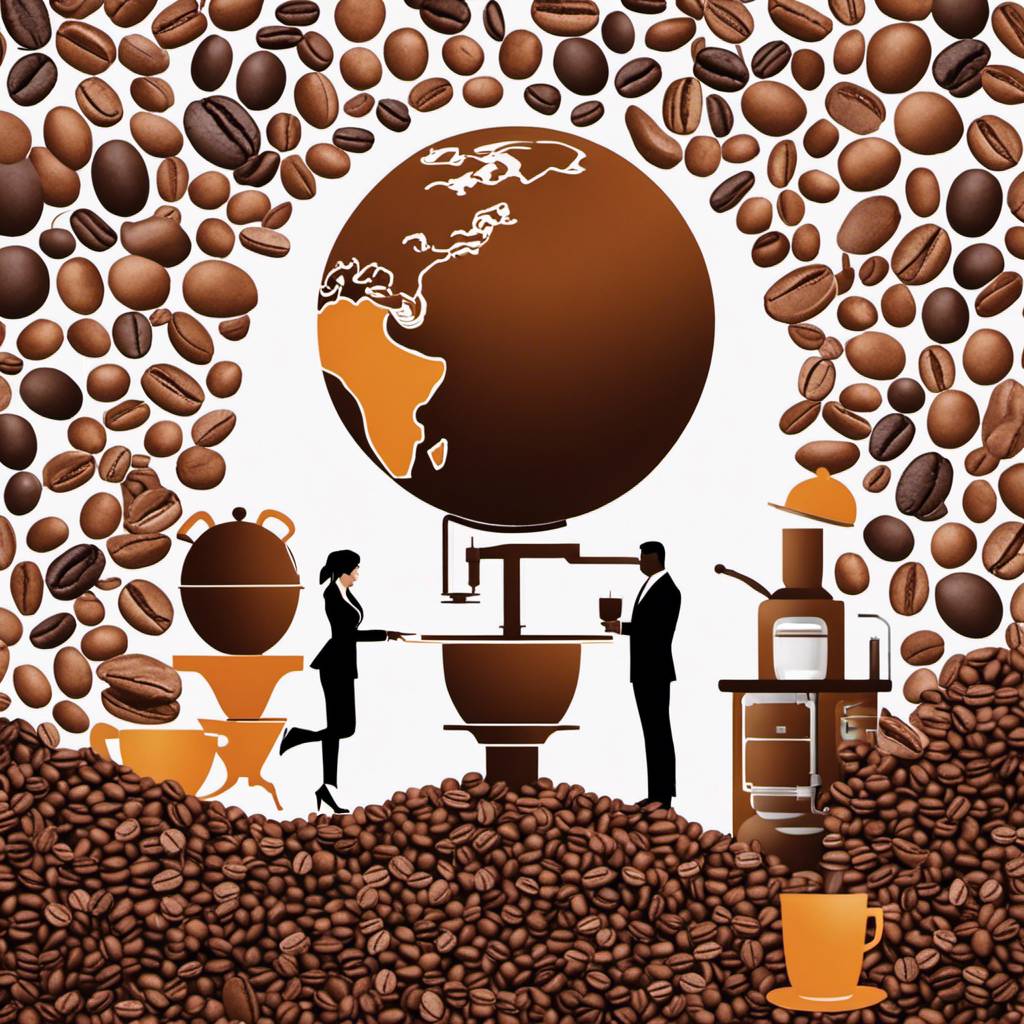
Exploring Global Coffee Culture: Insights from Industry Experts
As we delve into the fascinating world of coffee culture, we sit down with two Sydney-based coffee connoisseurs, Nawar Adra and Rowena Chansiri. Nawar, the proprietor of Stitch Coffee and the Ensemble of Coffee Research & Education, and Rowena, the founder of Ickle Coffee, bring a wealth of knowledge from their respective coffee-drinking cultures – Lebanon and Thailand.
Nawar was introduced to coffee at an early age in Lebanon, where coffee consumption is a significant part of the culture. He recalls sipping on the robust brew as a five-year-old. Rowena, on the other hand, got her first taste of caffeine at nine in Thailand, where sweetened iced brews from convenience stores were her go-to.
Today, both Nawar and Rowena have honed their skills to understand the subtle differences in beans from around the globe. They offer insights on how to brew and savour a good cup of joe, whether you’re at your electric height adjustable standing desk or lounging on your couch.
Coffee is more than just a morning pick-me-up; it’s a cultural phenomenon that transcends borders. For instance, before it became a TikTok fad, salted coffee was part of Turkish wedding traditions. Starbucks even started adding olive oil to its espressos, sparking curiosity and debate among coffee lovers. When asked about these trends, both Nawar and Rowena agree that anything that brings fun to the coffee experience is worth exploring.
We also chat with Dr Emma Beckett, a food and nutrition scientist at the University of Newcastle, who shares insights on how to maximise the buzz from your coffee and discusses the health implications of caffeine consumption. She sheds light on whether filter coffee is healthier and offers advice for pregnant women and others who need to be cautious with their caffeine intake.
Coffee is a staple in many workplaces around the world. It helps us power through demanding workdays, meet deadlines, and stay alert during tedious office meetings. In fact, it’s often the most socially acceptable stimulant we consume. But how much is too much? And what’s the best way to enjoy it?
Whether it’s a Vietnamese coffee sweetened with condensed milk or a Mexican brew spiced with cinnamon, coffee is universally loved. It fuels the world in numerous ways. It’s savoured in the espresso bars of Italy, forms an integral part of Ethiopian coffee ceremonies, and has been a staple in the jazz cafes of Japan since the days when a record player was more expensive than a car.
In Lebanon, Nawar shares, there is no age restriction for drinking coffee. He reminisces about his childhood days when he would sip on Lebanese coffee, a dark roasted brew similar to Turkish and Greek coffee. The strong, sediment-heavy beverage was often sweetened with sugar to appeal to his young palate.
Rowena also shares her experiences with Thai iced brews and how her palate has evolved over the years. She believes that the best sit stand desk or workspace is incomplete without a good cup of coffee.
Coffee is an integral part of our lives, whether we’re working at our standing desks or relaxing in front of our TV lift. But it’s essential to understand its impact on our health and how to enjoy it responsibly. As Nawar and Rowena suggest, experimenting with different brewing methods and flavours can enhance your coffee experience, making it more than just a caffeine fix.
In conclusion, while coffee cultures vary globally, the love for this dark brew is universal. Whether you’re a casual drinker or a connoisseur, understanding the nuances of coffee can help you appreciate it more. And remember, whether you’re choosing the best standing desk or the perfect brew, it’s all about finding what works best for you. So, here’s to enjoying your next cup of coffee, wherever you may be.





